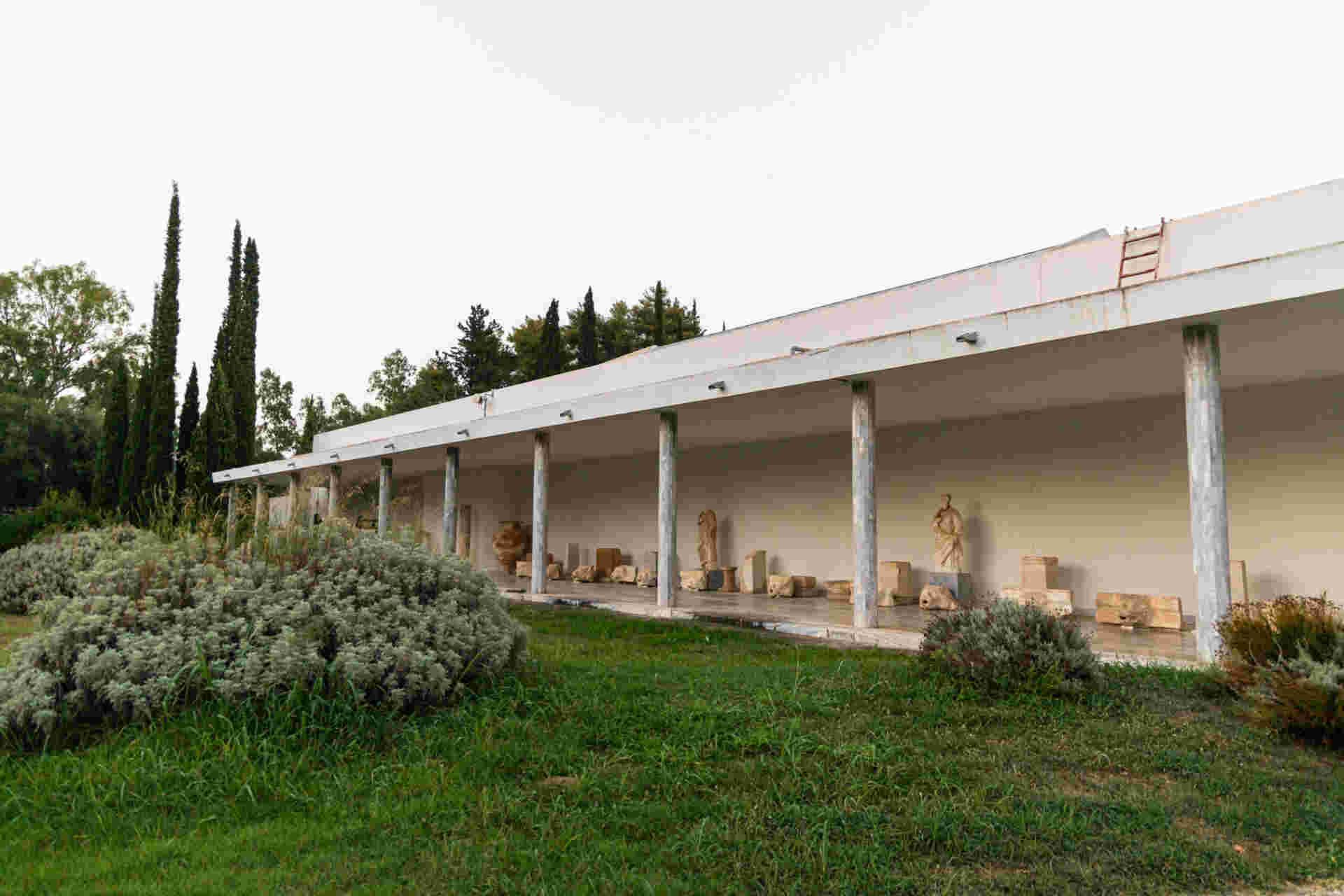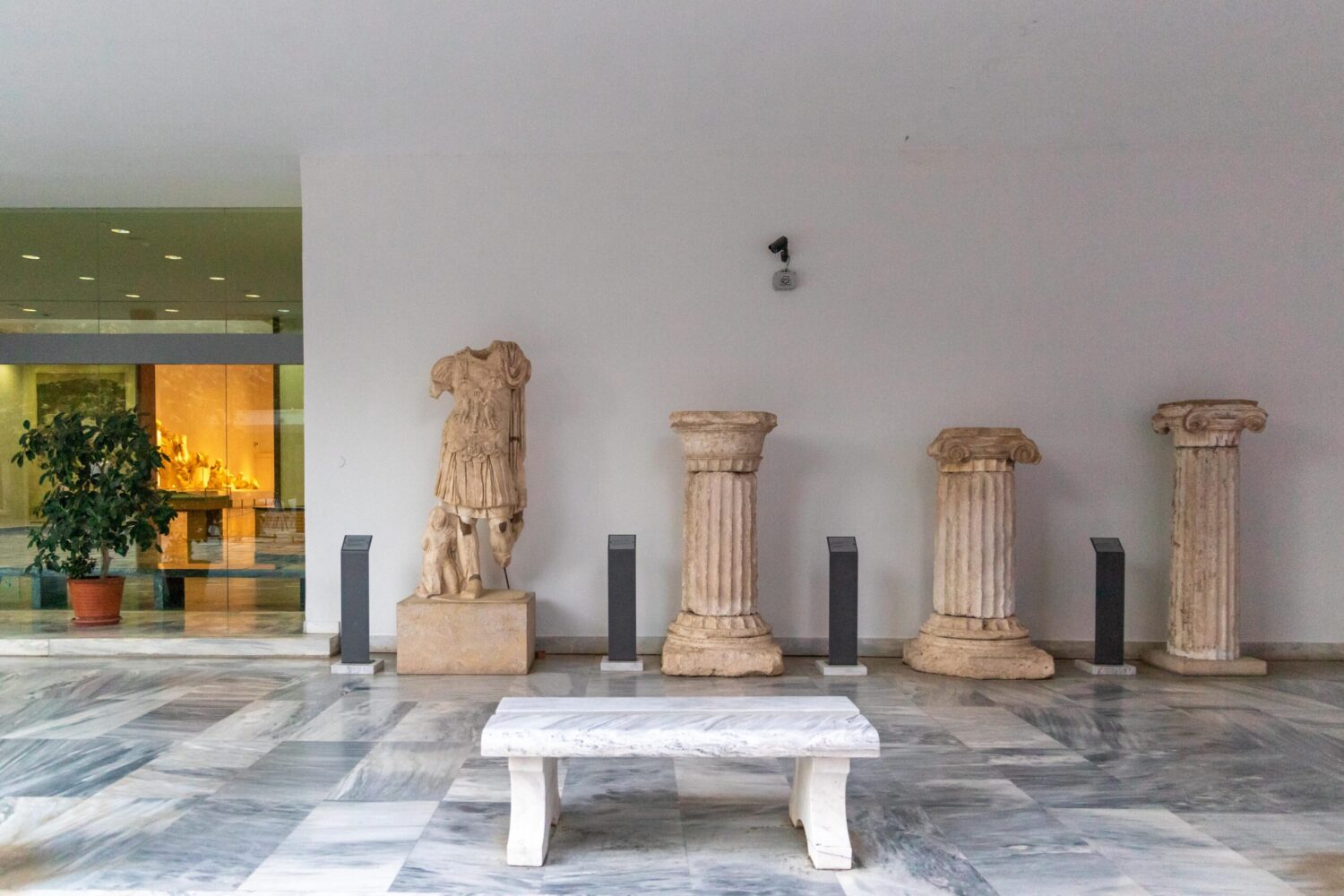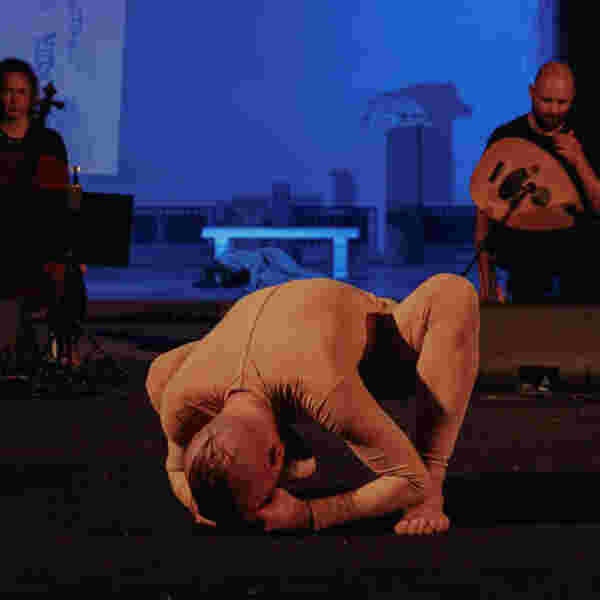
Archaeological Museum of Olympia
Description
The Archaeological Museum of Olympia is one of Greece’s most important museums, hosting findings from the archaeological site of Olympia that date from the prehistoric period to Roman times. Initially, it was housed in a neoclassical building constructed between 1883 and 1887 thanks to a donation from Andreas Syngros. Due to the 1953 earthquakes and the subsequent increase in findings, a new museum was constructed during the 1970s, opening in 1982. The museum underwent renovations as part of the preparations for the 2004 Olympic Games.
The museum’s twelve halls showcase significant artworks, including the statue of Hermes from Olympia, crafted by the famous sculptor Praxiteles; the world-renowned Nike, created by sculptor Paeonius; the pediments and metopes of the temple of Zeus; and the cup of Phidias. The museum boasts one of the world’s richest collections of bronze artifacts, featuring weapons, figurines, and votive offerings.





